Apollo 8 astronaut Bill Anders, who captured 'Earthrise,' killed in plane crash
'He traveled to the threshold of the moon and helped all of us see something else: ourselves.'
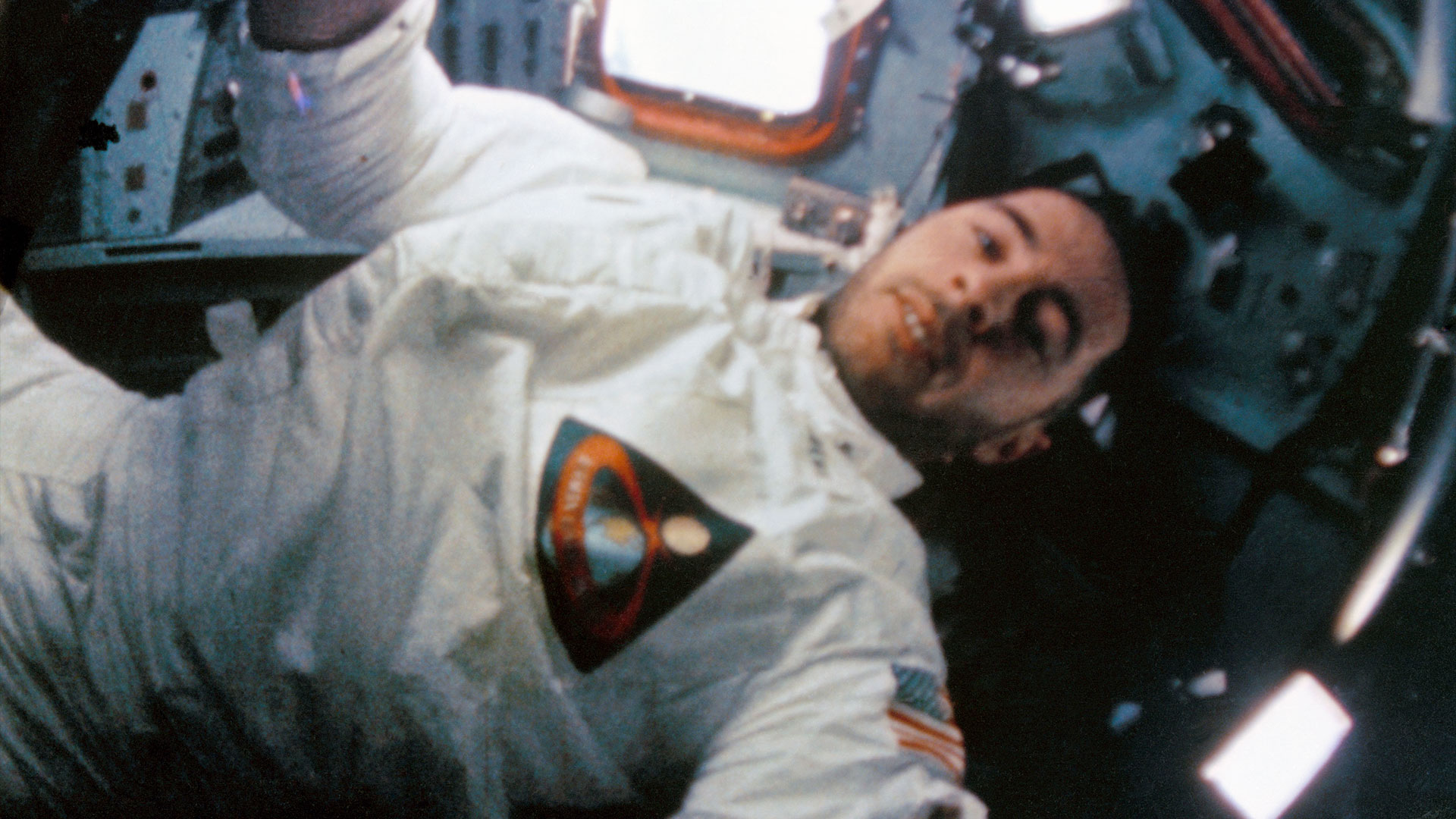
Bill Anders, who as an Apollo 8 astronaut was one of the first people to fly to the moon in 1968, was killed on Friday (June 7) when the vintage plane he was piloting crashed off the coast of the San Juan Islands in northwest Washington State.
Anders, 90, was confirmed to be the pilot of the downed Beechcraft T-34 Mentor single-engined aircraft by his son in a statement to the media.
"The family is devastated," said Greg Anders. "He was a great pilot. He will be missed."
"He traveled to the threshold of the moon and helped all of us see something else: ourselves. He embodied the lessons and the purpose of exploration. We will miss him," said NASA Administrator Bill Nelson in a statement.
The plane crash occurred at about 11:40 a.m. PDT (1840 GMT) off the coast of Jones Island in San Juan Channel, near Orcas Island where Anders resided. The aircraft was one of three such Air Force trainers owned and operated by Anders' Heritage Flight Museum in Burlington, Washington.
Video of the accident taken by local residents appeared to show Anders failing to pull up at the bottom of a loop and impacting the water.
Related: 50 years after 'Earthrise,' a Christmas Eve message from its photographer
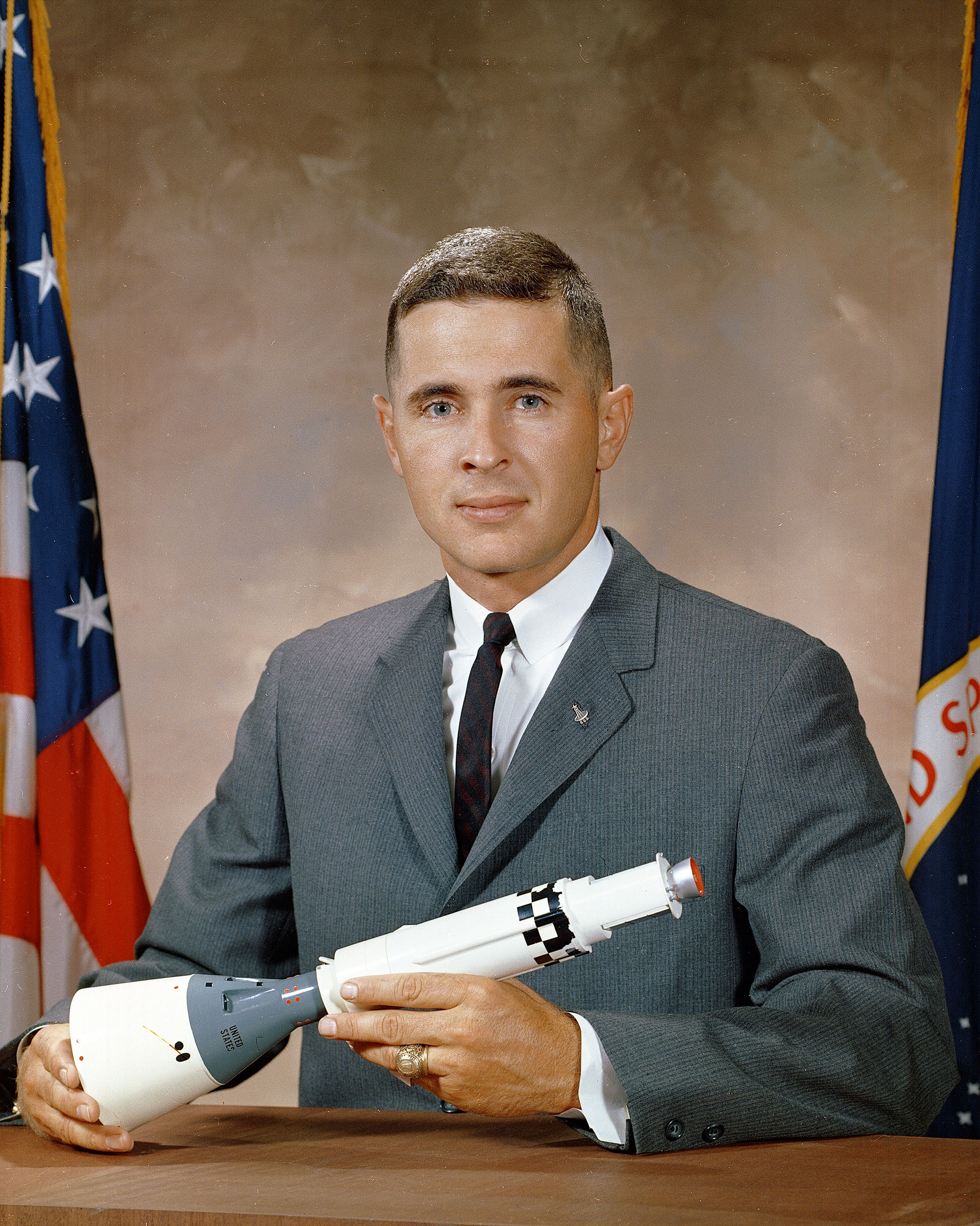
A member of NASA's third group of astronauts chosen in 1963, Anders' only flight into space was as lunar module pilot on the Apollo 8 crew. On Dec. 21, 1968, Anders, together with mission commander Frank Borman and command module pilot James Lovell, became the first people to launch on NASA's Saturn V rocket on a six-day mission to circle the moon.
Three days later, Anders and his crewmates entered lunar orbit, where they were the first to see our home planet emerge from beyond the moon's horizon. Anders' now-iconic color photo of "Earthrise" was credited with inspiring the environmental movement and was reproduced on a U.S. postage stamp.
"The most impressive aspect of the flight was [when] we were in lunar orbit," said Bill Anders in a 1997 NASA oral history. "We'd been going backwards and upside down, didn't really see the Earth or the sun, and when we rolled around and came around and saw the first Earthrise. That certainly was, by far, the most impressive thing, to see this very delicate, colorful orb — which to me looked like a Christmas tree ornament — coming up over this very stark, ugly lunar landscape."
Anders was also one the first people to see in person the far side of the moon.
Splashing down in the North Pacific Ocean, Anders logged a total of six days, three hours and 42 seconds in space, including 20 hours completing 10 orbits of the moon.
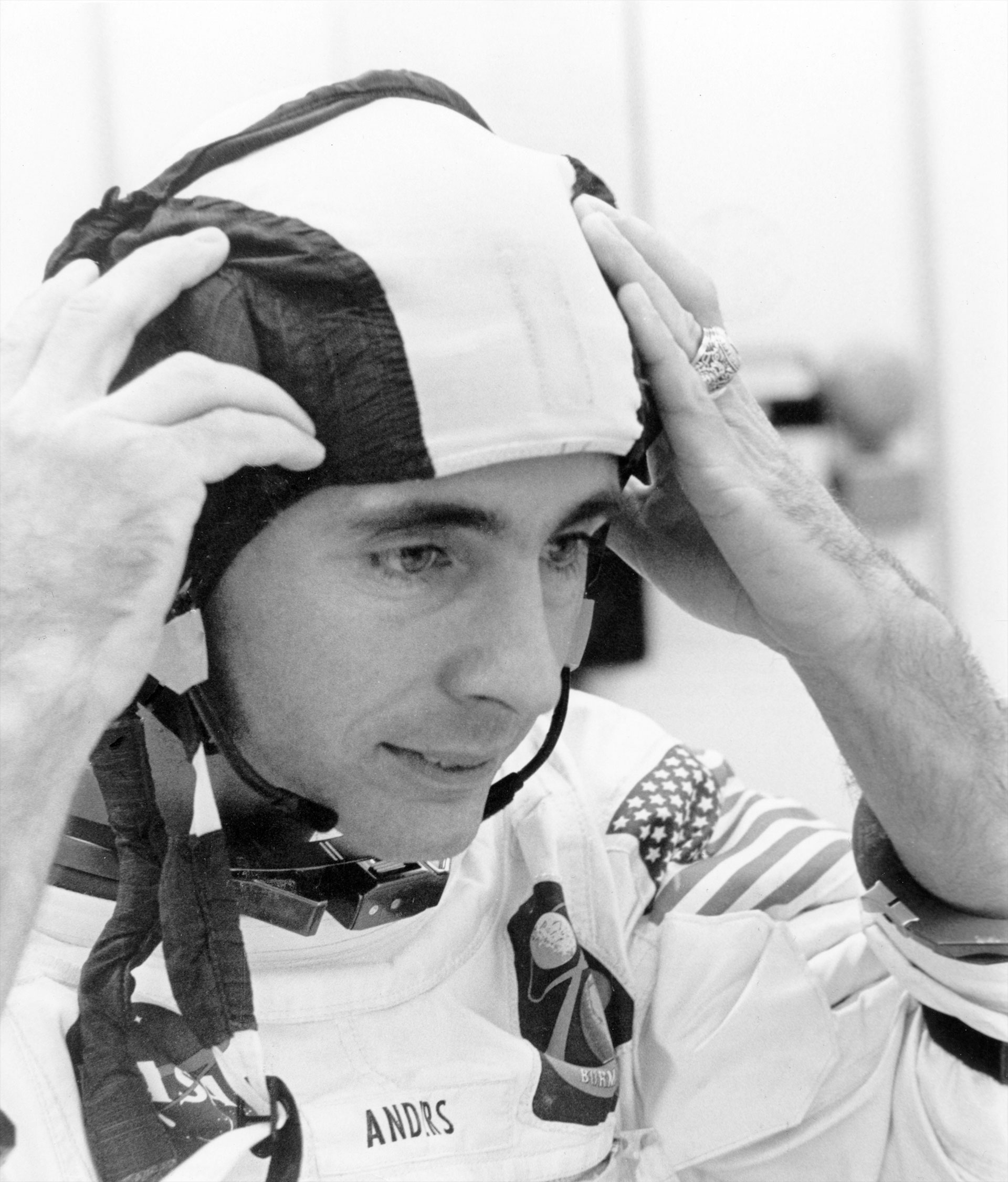
William Alison "Bill" Anders was born on Oct. 17, 1933, in Hong Kong, where his father was then stationed by the U.S. Navy.
As a child, Anders relocated with his family to Annapolis, Maryland and then to China until 1937, when Japan invaded. He and his mother fled to the Philippines and then were reunited with his father, who was injured in the war, in San Diego, California.
Anders graduated from the U.S. Naval Academy in Annapolis with a Bachelor of Science degree in electrical engineering in 1955. He was then commissioned as a second lieutenant in the U.S. Air Force, where he underwent flight training, in part, on the T-34 Mentor.
He earned his wings in 1956 and served as a fighter pilot with the 84th Fighter-Interceptor Squadron at Hamilton Air Force Base in California and the 57th Fighter-Interceptor Squadron in Iceland.
Get the Space.com Newsletter
Breaking space news, the latest updates on rocket launches, skywatching events and more!
In 1962, Anders received a Master of Science degree in nuclear engineering from the Air Force Institute of Technology at Wright-Patterson Air Force Base in Ohio. Anders then applied to both the U.S. Air Force Aerospace Research Pilots School (ARPS) for test pilot training and to NASA to become an astronaut.
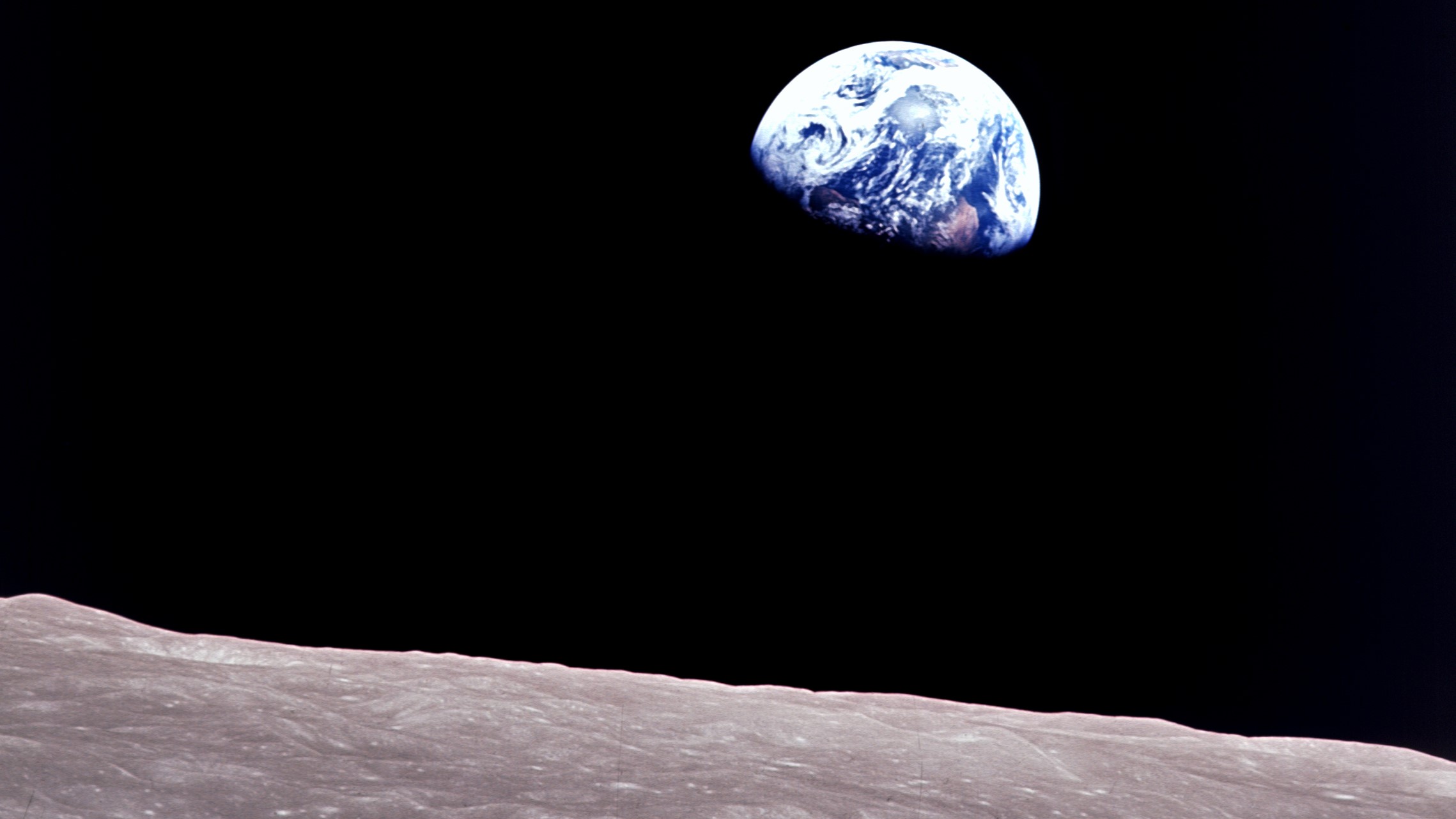
Prior to flying on Apollo 8, Anders served with Neil Armstrong on the backup crew for Gemini 11. He was then assigned to the third Apollo mission, which was planned as the second test of a lunar module in Earth orbit. When development of the moon lander ran long, NASA proposed sending Anders and his crewmates around the moon instead, ensuring the U.S. was ahead in the space race with the Soviet Union.
After returning from the moon, Anders served as backup to command module pilot Michael Collins on the Apollo 11 lunar landing mission.
Feeling his chances of walking the moon were low, Anders left NASA in 1969 to become the executive secretary of the National Aeronautics and Space Council. In 1973, he was appointed to the five-member Atomic Energy Commission, where he led all nuclear and non-nuclear power research and development. He was also named the U.S. chairman of the technology exchange program for nuclear fission and fusion power with the Soviet Union.
In 1975, Anders was named the first chairman of the Nuclear Regulatory Commission. At the end of his term, he was appointed as the U.S. Ambassador to Norway, a position he held until 1977.
After briefly serving as a fellow of the American Enterprise Institute, Anders joined General Electric (GE) as its vice president and the general manager of its nuclear products division. In 1980, he became general manager of GE's aircraft equipment division.
In 1984, Anders left GE and joined Textron first as its executive vice president for aerospace and then two years later, senior executive vice president for operations.
In 1988, Anders retired from the Air Force reserves with the rank of major general.
In 1990, Anders became vice chairman of General Dynamics and, in 1991, its chairman and chief executive officer. He retired as CEO in 1993 and the left the company in 1994.
Related: The Apollo Program: How NASA sent astronauts to the moon
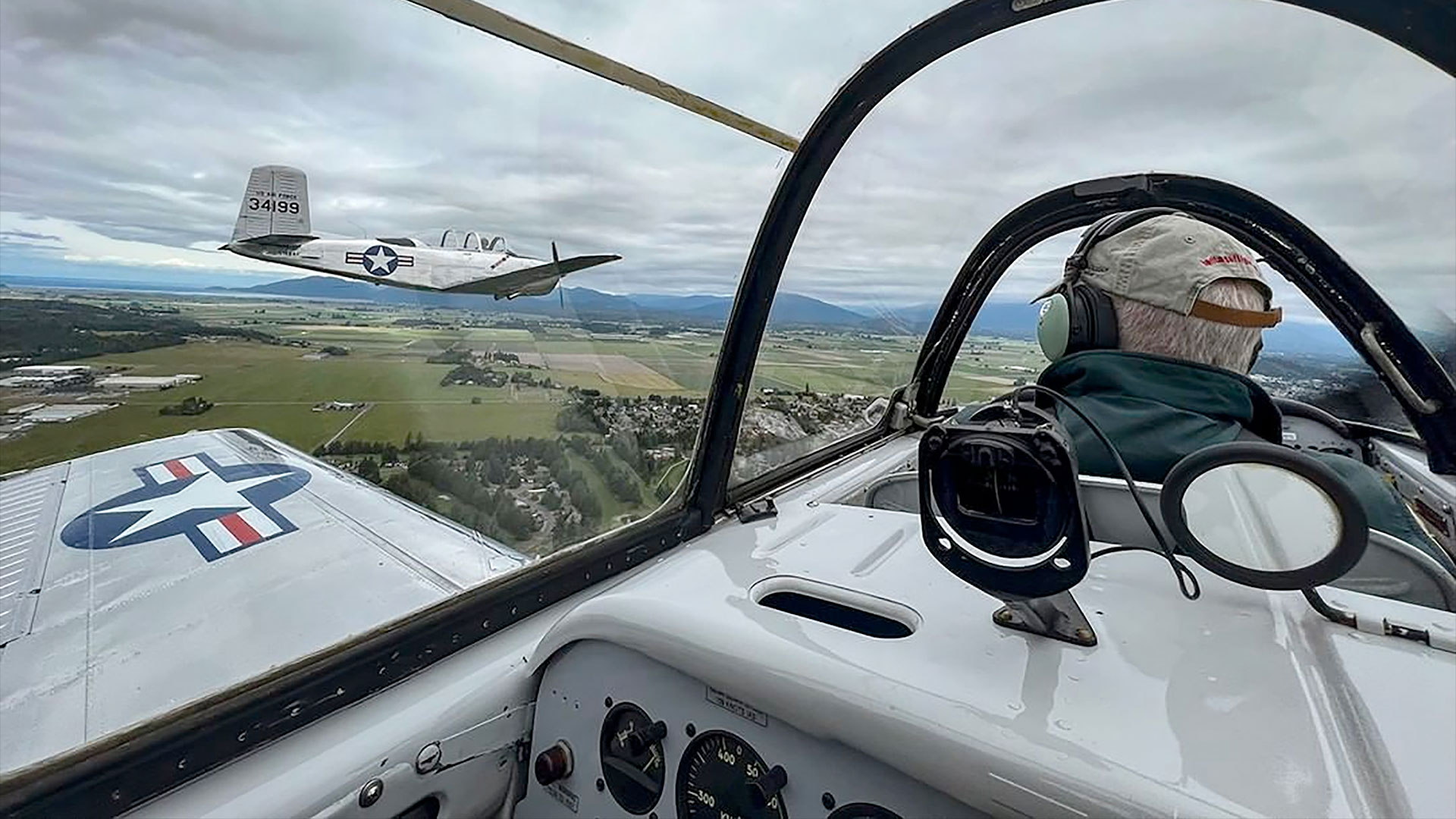
In retirement, Anders founded the William A. Anders Foundation, a philanthropic non-profit for educational and environmental issues, and the Heritage Flight Museum, where he and his family not only curated a collection of historic aircraft, vehicles, artifacts and photographs, but also operated the planes, flying them at air shows and other venues.
For his contributions to the space program, Anders was awarded with the NASA Distinguished Service medal, the Collier Trophy and Michael Collins (formerly National Air and Space Museum) Trophy, among other honors. He was inducted into the International Space Hall of Fame in 1983, the International Air & Space Hall of Fame in 1990, the U.S. Astronaut Hall of Fame in 1997 and the National Aviation Hall of Fame in 2004.
In 2004, NASA named Anders an Ambassador of Exploration and awarded him (in name only) a moon rock. Anders also has two craters named for him on the far side of the moon. "Anders" crater lies to the southeast of the outer rim of Apollo basin and "Anders' Earthrise," which is visible in the astronaut's photograph of "Earthrise."
Anders was portrayed by actor Robert John Burke in the Emmy-winning HBO miniseries "From the Earth to the Moon" and appeared as himself in the 2018 documentary "First to the Moon."
Anders was married to Valerie Elizabeth Hoard in 1955 and they had six children together, Alan, Glen, Gayle, Gregory, Eric and Diana.
Follow collectSPACE.com on Facebook and on Twitter at @collectSPACE. Copyright 2024 collectSPACE.com. All rights reserved.
Join our Space Forums to keep talking space on the latest missions, night sky and more! And if you have a news tip, correction or comment, let us know at: community@space.com.

Robert Pearlman is a space historian, journalist and the founder and editor of collectSPACE.com, a daily news publication and community devoted to space history with a particular focus on how and where space exploration intersects with pop culture. Pearlman is also a contributing writer for Space.com and co-author of "Space Stations: The Art, Science, and Reality of Working in Space” published by Smithsonian Books in 2018.In 2009, he was inducted into the U.S. Space Camp Hall of Fame in Huntsville, Alabama. In 2021, he was honored by the American Astronautical Society with the Ordway Award for Sustained Excellence in Spaceflight History. In 2023, the National Space Club Florida Committee recognized Pearlman with the Kolcum News and Communications Award for excellence in telling the space story along the Space Coast and throughout the world.
-
DrRaviSharma I joined the Apollo program a few months before the historic escape from Gravity of Earth that I described as the Moment parallel to escape of Buoyancy when we became amphibians!Reply
The Figure of 8 around Earth-Moon System and as described 10 orbits around the Moon bring nostalgic memories of Lovell, Anders, Borman.
These astronauts had a jet each allotted to them at that time.
When air-space is so dear to them it is an activity in which they are engaged.
Anders -RIP and wishing His family Great Inner-Peace.
Thanks.
Ravi
(Dr. Ravi Sharma, Ph.D. USA)
NASA Apollo Achievement Award
ISRO Distinguished Service Awards
Former MTS NASA HQ MSEB Apollo
Former Scientific Secretary ISRO HQ
Ontolog Board of Trustees
Particle and Space Physics
Senior Enterprise Architect
SAE Fuel Cell Tech Committee voting member for 20 years.
http://www.linkedin.com/in/drravisharma










